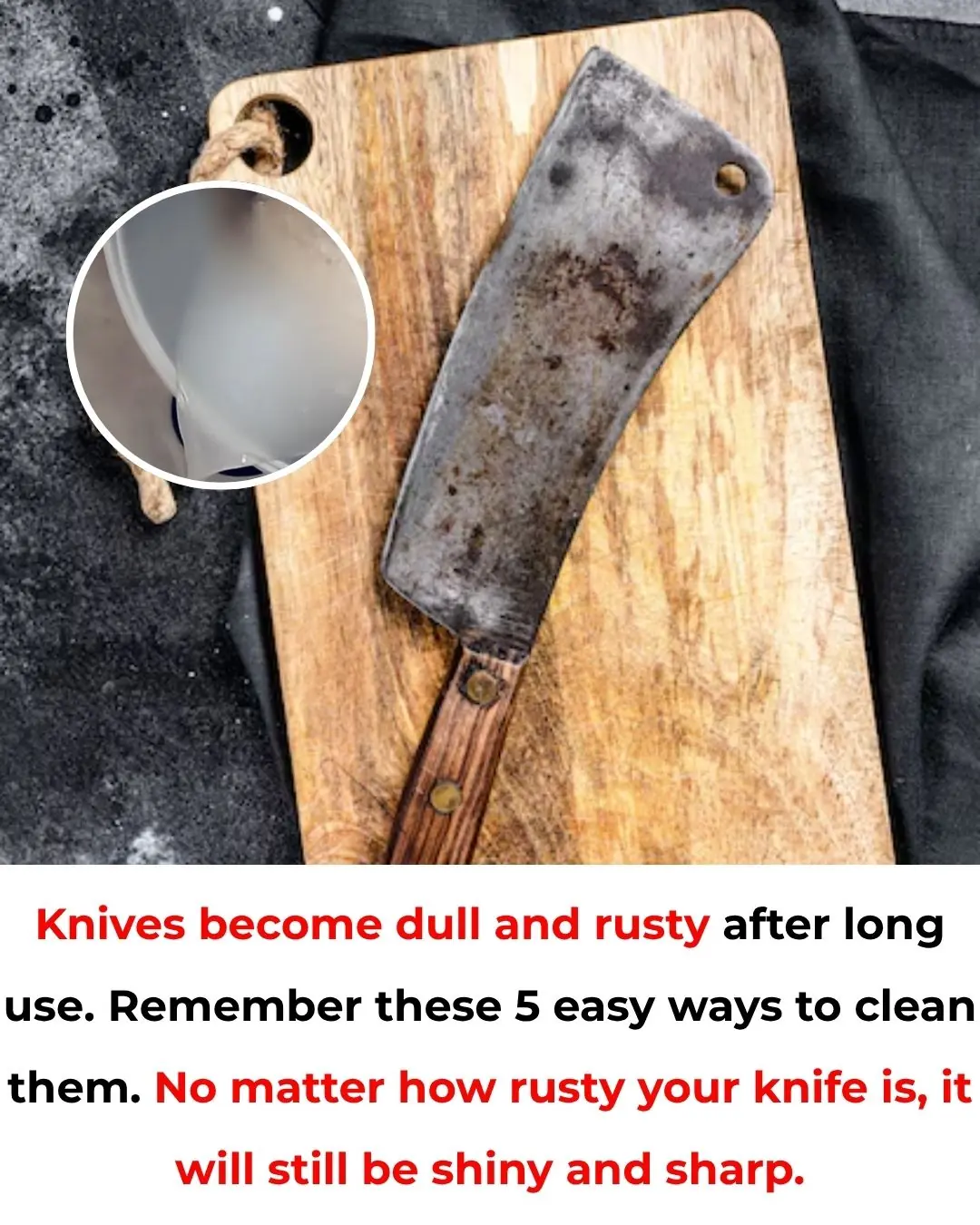
How to wash grapes to remove dirt and white powder, safe to eat with the skin

Grapes are a highly nutritious fruit, packed with vitamins C and K, along with essential minerals such as calcium and magnesium. These nutrients help strengthen bones, boost immunity, and support overall health. In addition, grapes contain a variety of powerful antioxidants that may help prevent diseases, reduce inflammation, and slow down the aging process.
However, one of the most common mistakes people make when washing grapes is rinsing the entire bunch without separating the individual berries. Grapes grow in tight clusters, with many layers overlapping one another. This structure makes it difficult for water to reach the inner grapes. The small gaps between grapes easily trap dirt, dust, and pesticide residues—creating an ideal environment for bacteria and microorganisms to thrive.
Grapes (like many other fruits) also have a natural white bloom on their skin. This powdery coating helps protect the fruit but can trap impurities over time. Therefore, it is important to wash grapes thoroughly to remove dirt and this natural waxy layer. Simply rinsing them under plain water is often not enough to eliminate harmful residues.
To ensure your grapes are clean and safe to eat, try applying the following simple yet effective washing methods.
Separate the Grapes Before Washing
The first and most important step is to cut each grape off the bunch. Use a pair of scissors to snip each grape, leaving a small piece of the stem attached. Avoid pulling the grapes off with your fingers, as this can tear the skin and expose the flesh, allowing bacteria or dirt to enter. Keeping a tiny stem attached helps the grape remain intact and prevents water from seeping into the fruit during washing.
This small step not only helps in cleaning but also makes the grapes look fresher and more appealing when served.
How to Wash Grapes Properly
1. Washing Grapes with Salt
Place the grapes in a bowl, add a little salt, and gently rub them with your hands. Rinse thoroughly with clean water several times until all salt and impurities are removed. Then strain the grapes and let them dry before eating.
Salt helps disinfect the grapes while loosening dirt and sticky residues on the skin.
2. Washing Grapes with Baking Soda
Put the grapes in a bowl and fill it with water. Add 1–2 teaspoons of baking soda and soak for about 1 minute. Baking soda helps break down chemical bonds between pesticide residues and the grape's surface, making them easier to remove. After soaking, rinse gently with clean water several times to ensure all traces of baking soda and impurities are washed away.
This method is especially useful for grapes with a thick white bloom.
3. Washing Grapes with Flour
Flour is surprisingly effective at removing dirt, grit, and the natural waxy bloom on grapes. Although the white coating is harmless, it often traps dust and other contaminants, so cleaning it off thoroughly is recommended.
Place the grapes in a bowl, sprinkle some flour over them, and mix gently. Add enough water to cover the grapes and stir until the flour dissolves into a milky mixture. Let the grapes soak for about 2 minutes. The fine particles in the flour act as tiny absorbents, binding to dirt and pulling it away from the fruit’s surface.
After soaking, rinse the grapes multiple times until they are completely clean and the skin looks shiny and fresh.
For best results, you can combine flour washing with salt or baking soda to ensure the grapes are fully cleansed.
How to Store Fresh Grapes
If you don’t plan to eat the grapes immediately, do not wash them right away. Leaving the natural white bloom on the skin helps the grapes stay fresh longer. Store unwashed grapes in the refrigerator’s crisper drawer. Wash them only right before eating.
For grapes that have already been washed, make sure they are completely dry before storing. Place the grapes in an airtight container, preferably with a sheet of dry paper towel inside to absorb excess moisture. Keeping them in the refrigerator will help maintain their freshness for several days.
A specialized fruit-storage container with ventilation can also extend the shelf life and prevent the grapes from becoming soggy.
News in the same category

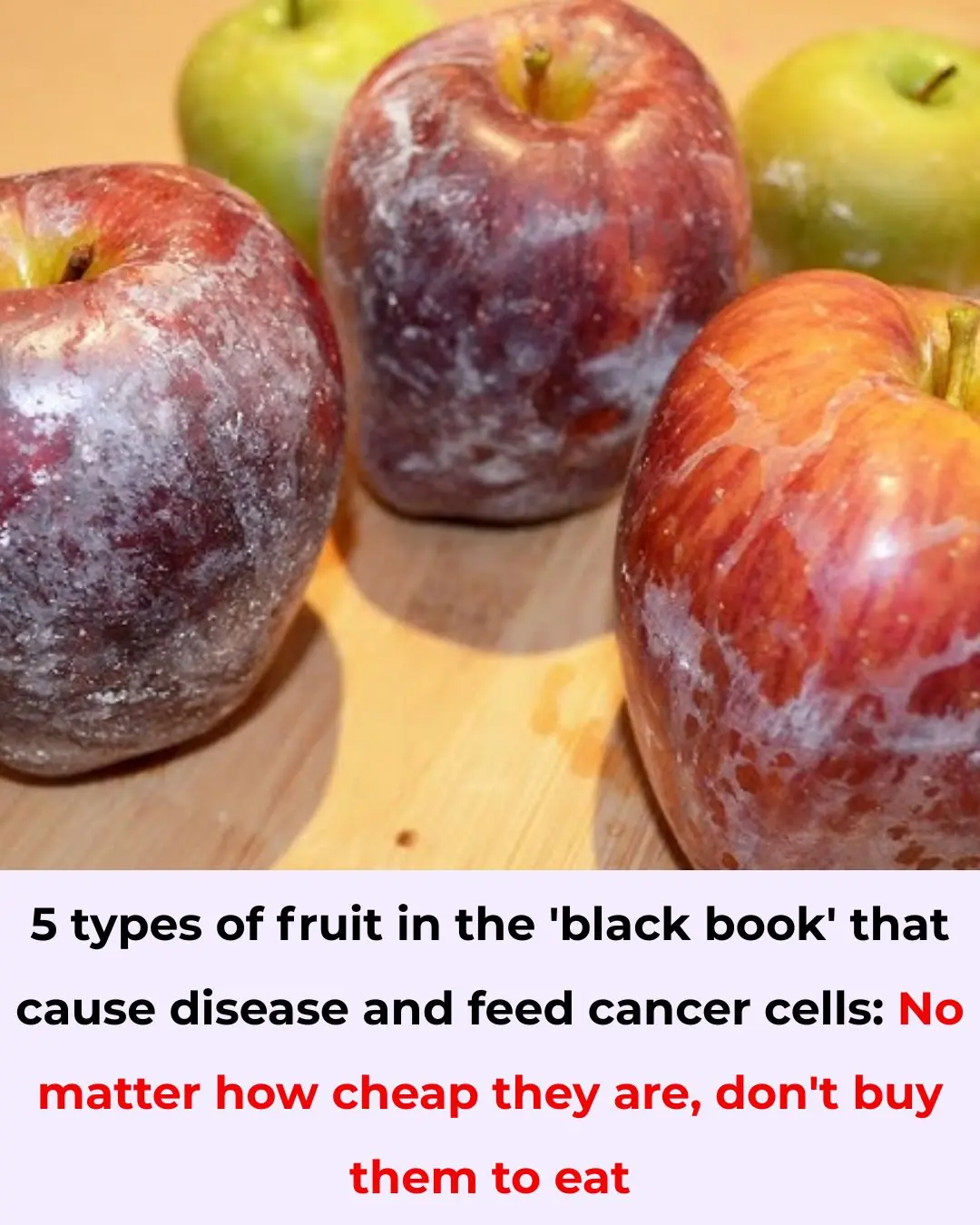
5 Fruits on the ‘Blacklist’ That Can Cause Cancer – Avoid Buying Even If Cheap
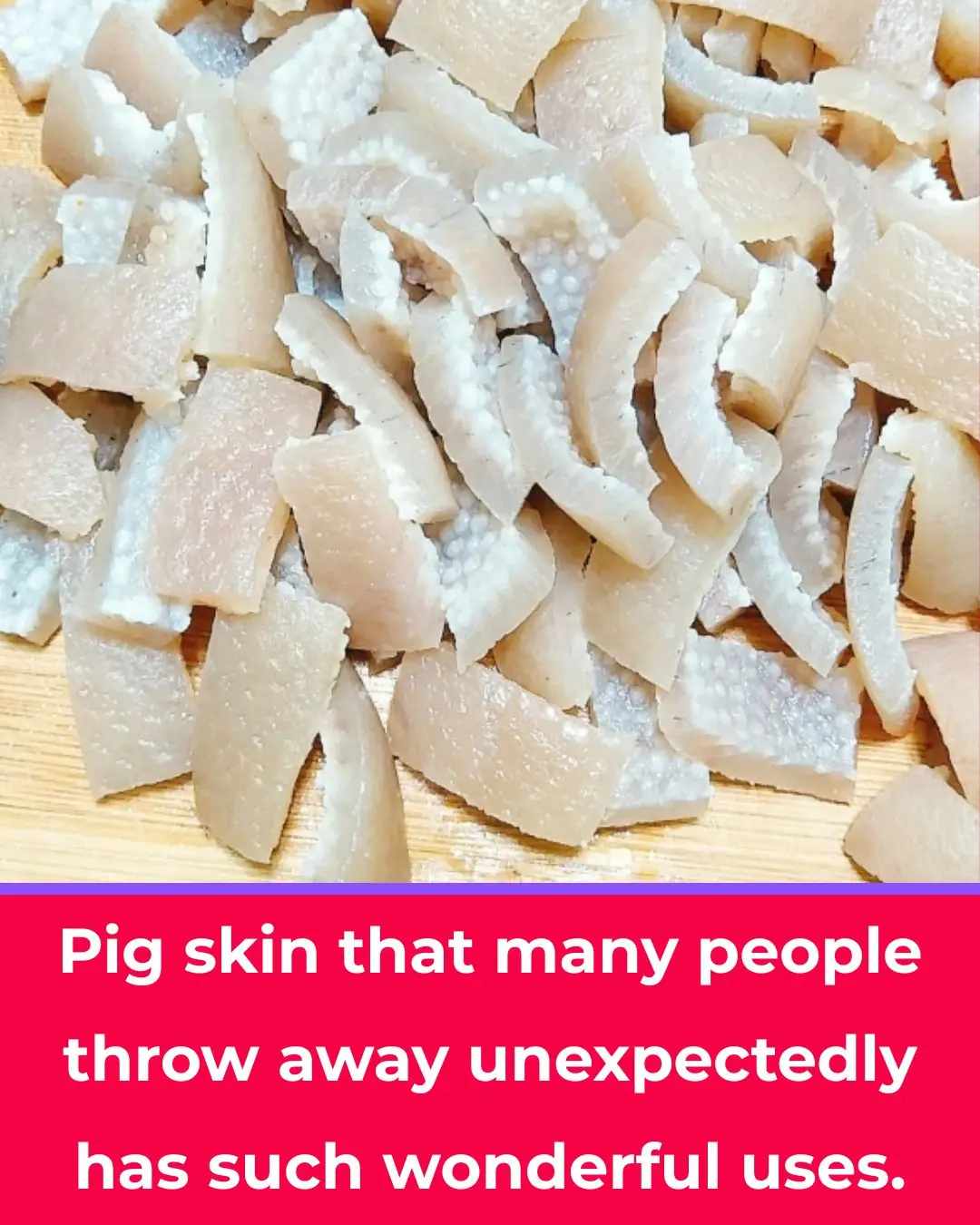
Pork Skin – The Often Overlooked Superfood
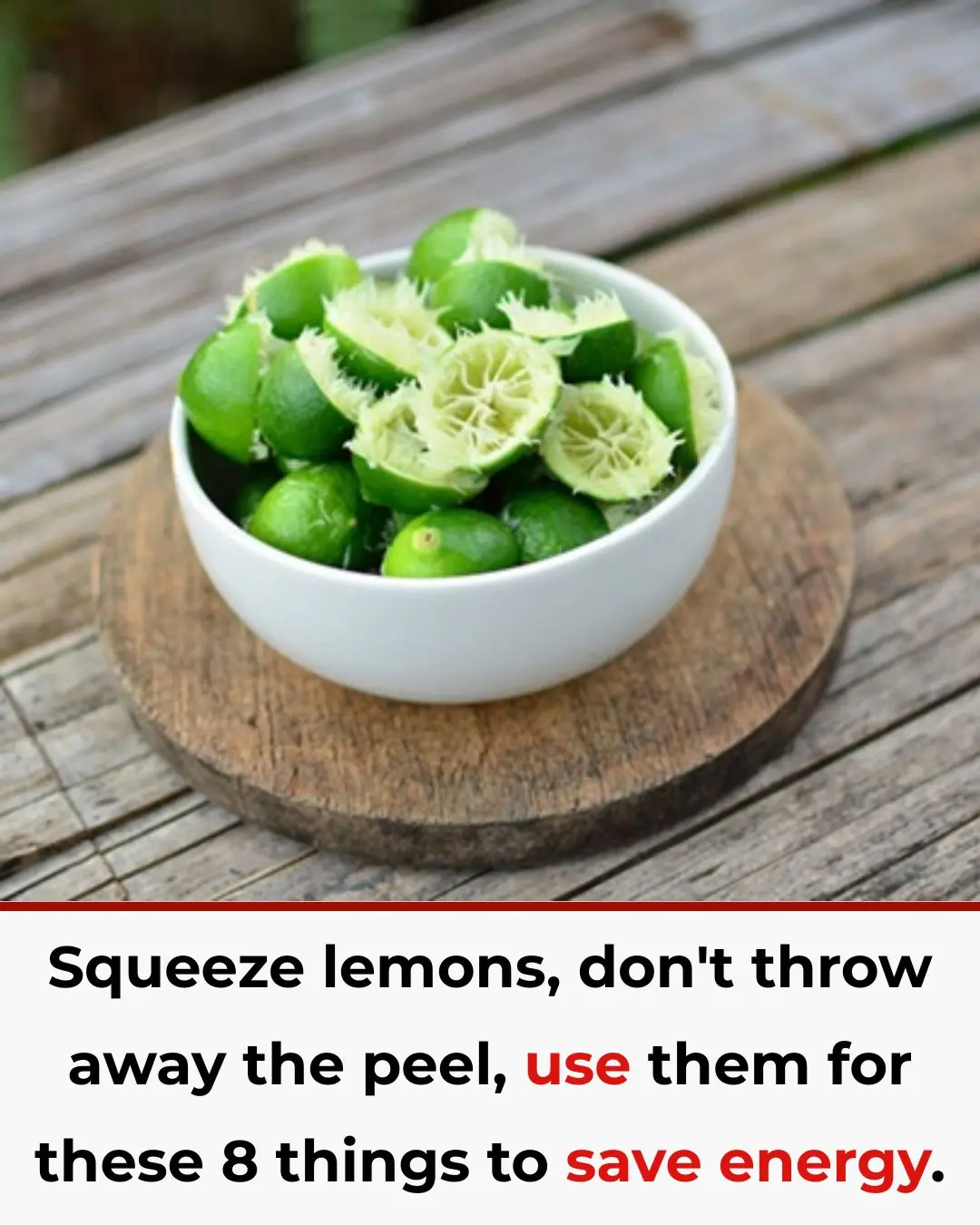
Don’t Throw Away Lemon Peels! Use Them for These 8 Household Tasks and Save a Ton of Money

10 surprising ways to use vinegar around the house

Stop eating these 10 things of CRAP

Mix Banana Peels With This and Leave It in a Corner — Roaches Will Disappear Overnight

Weak Toilet Flush and No Suction? A Simple Trick From a Professional That Fixes It Instantly

Genius Ways to Store Ginger Without a Refrigerator — Keep It Fresh for an Entire Year

Everyday Habits That Could Be Quietly Ruining Your Home
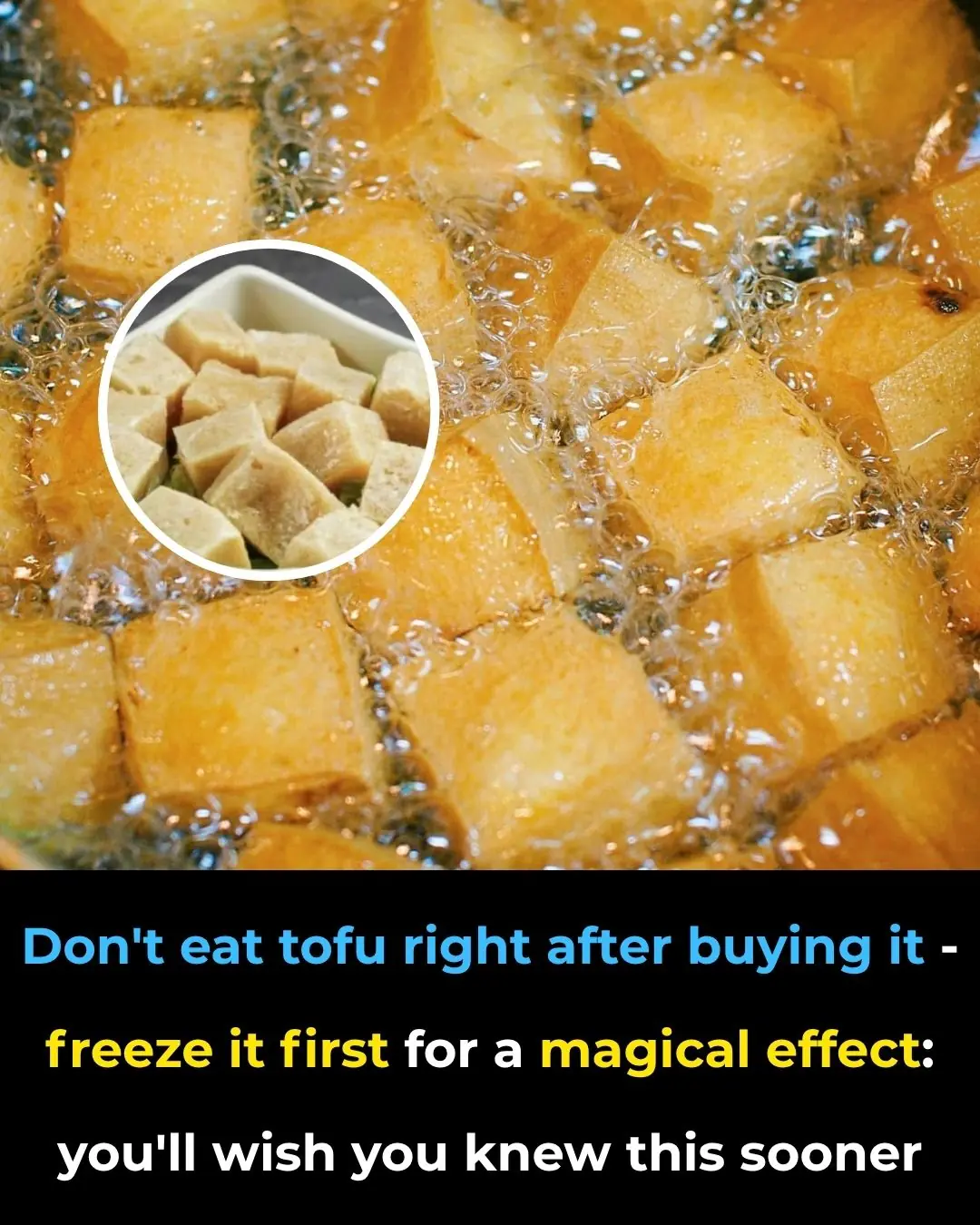
The Secret Trick That Makes Tofu Taste Better

Thought this was mold but I guess not. Am gonna check my bathroom again

When washing clothes, don’t just put in detergent! Do this little trick, dirty clothes will be like new!

How to dry clothes quickly and not smell bad even if it rains for days on end

The 'lightning-fast' secret to making sweet, flavorful Japanese-style sweet potatoes in just 5 minutes
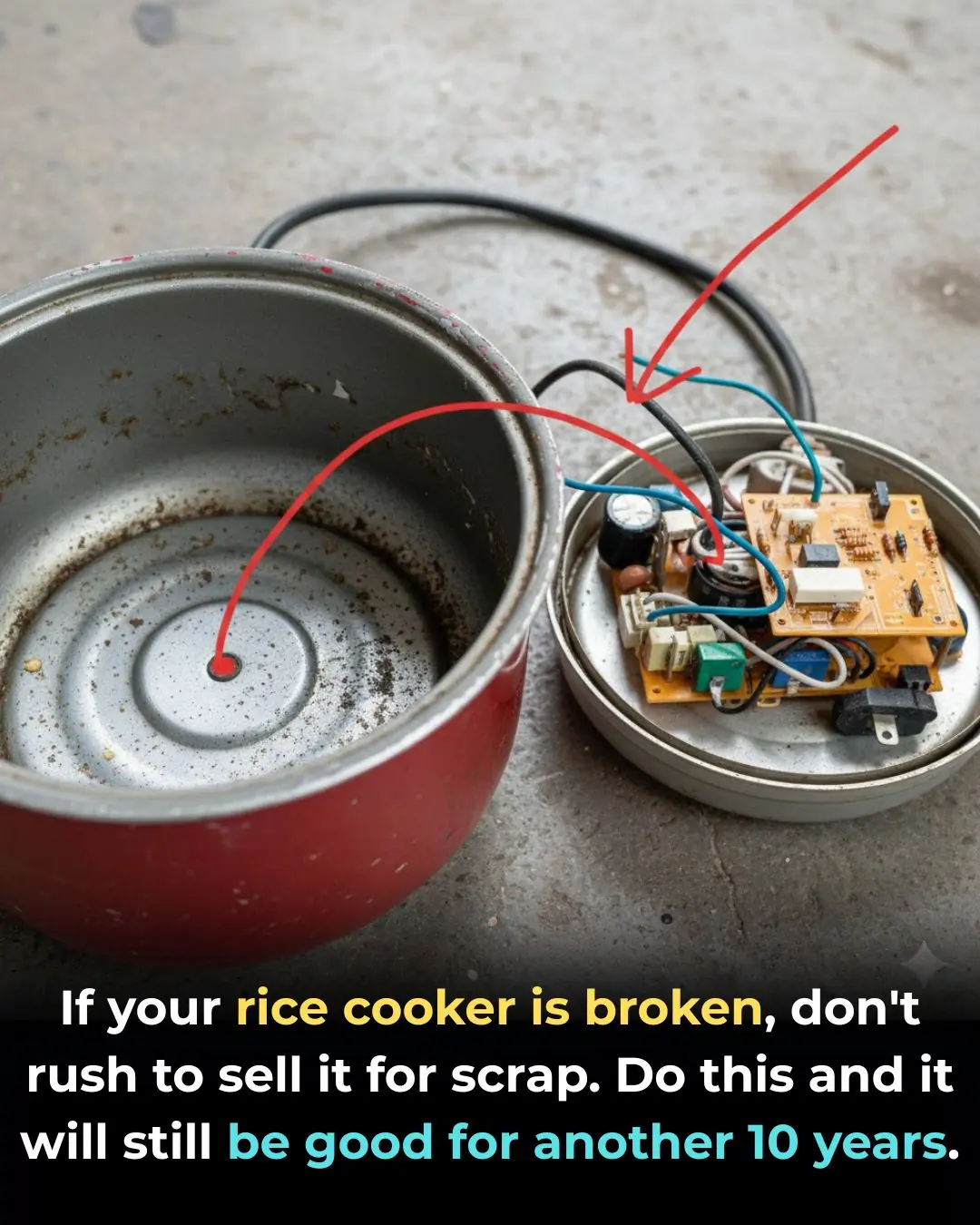
If your rice cooker is broken, don't rush to sell it for scrap. Do this and it will still be good for another 10 years.
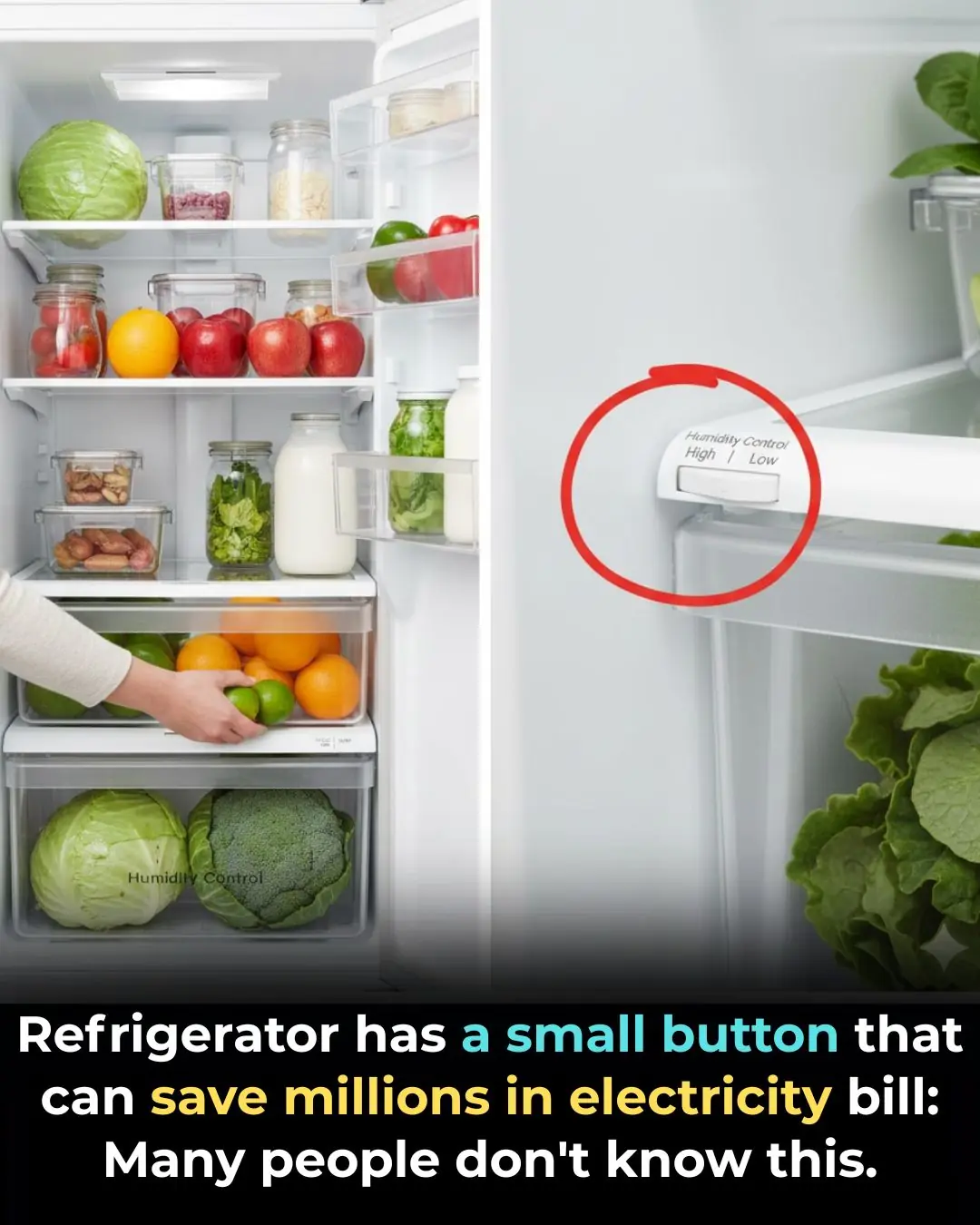
Refrigerator has a small button that can save millions in electricity bill: Many people don't know this.
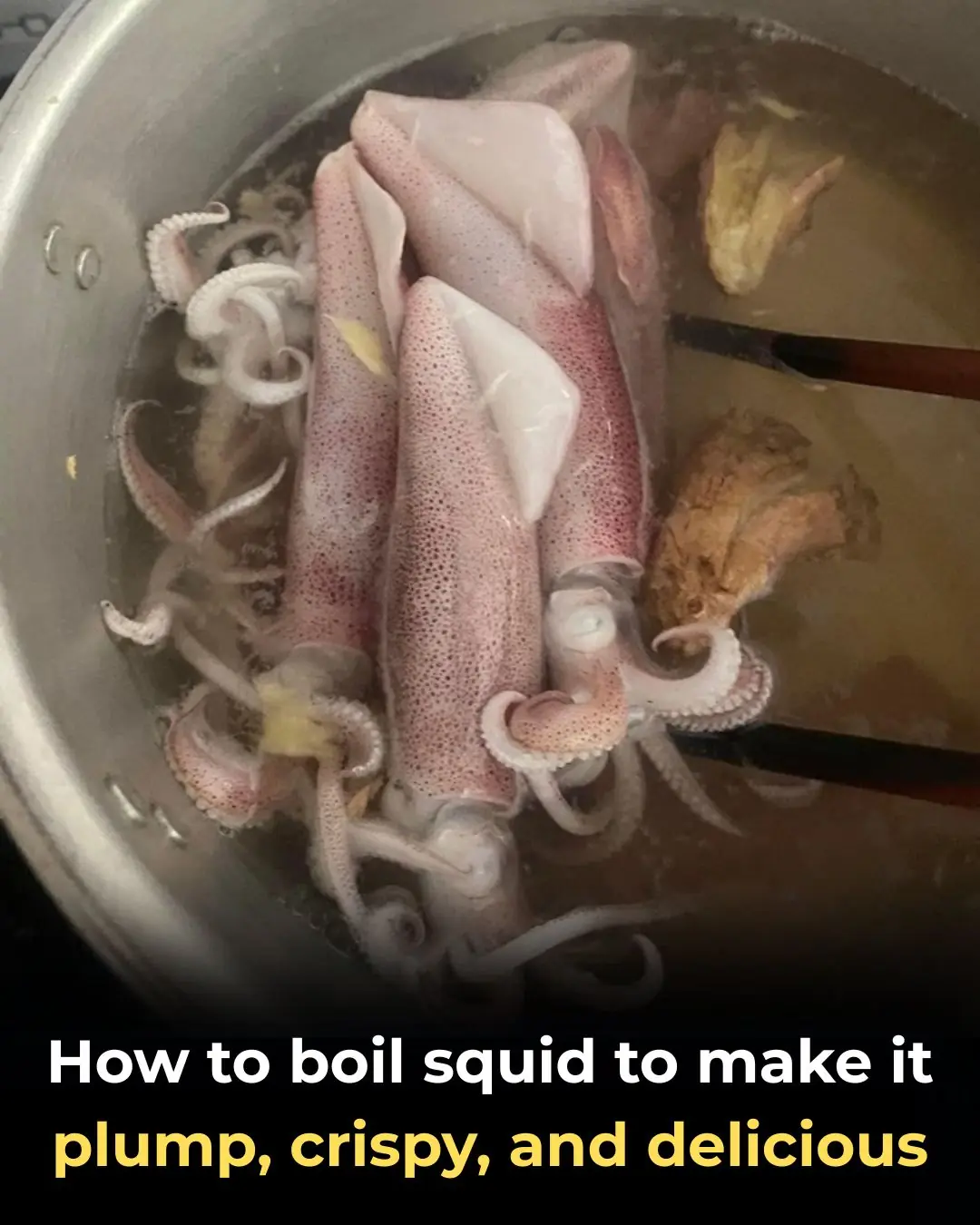
How to boil squid to make it plump, crispy, and delicious
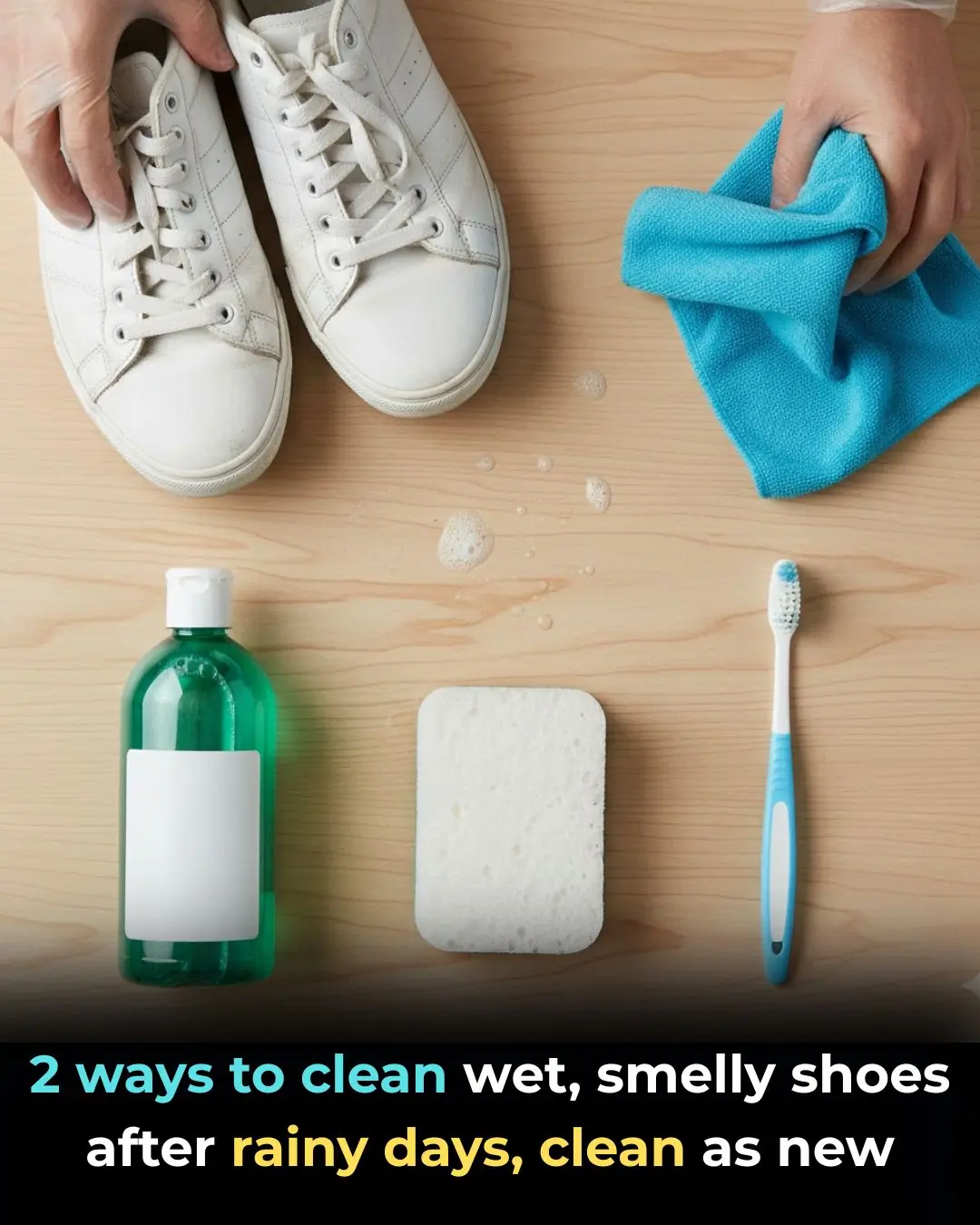
2 ways to clean wet, smelly shoes after rainy days, clean as new
News Post

Top 10 Uric Acid Foods To Avoid If You Have Gout

Belgium’s Floating Algae Mats: A Green Breakthrough in Urban Water Purification

France Reimagines Shelter Boundaries With Community Corn Walls

5 Simple Ways to Remove Rust from Knives – Make Your Dull, Rusty Knife Shiny and Sharp Again

5 Fruits on the ‘Blacklist’ That Can Cause Cancer – Avoid Buying Even If Cheap

“New Research Reveals How Aging Impacts Male Fertility and Sperm Health”

Pork Skin – The Often Overlooked Superfood

Don’t Throw Away Lemon Peels! Use Them for These 8 Household Tasks and Save a Ton of Money

10 surprising ways to use vinegar around the house

Stop eating these 10 things of CRAP

Mix Banana Peels With This and Leave It in a Corner — Roaches Will Disappear Overnight

Discover how eggs support your baby’s brain development — full details in the comments!”

Weak Toilet Flush and No Suction? A Simple Trick From a Professional That Fixes It Instantly

Five “Dirtiest” Parts of the Pig That Butchers Never Take Home for Their Own Families
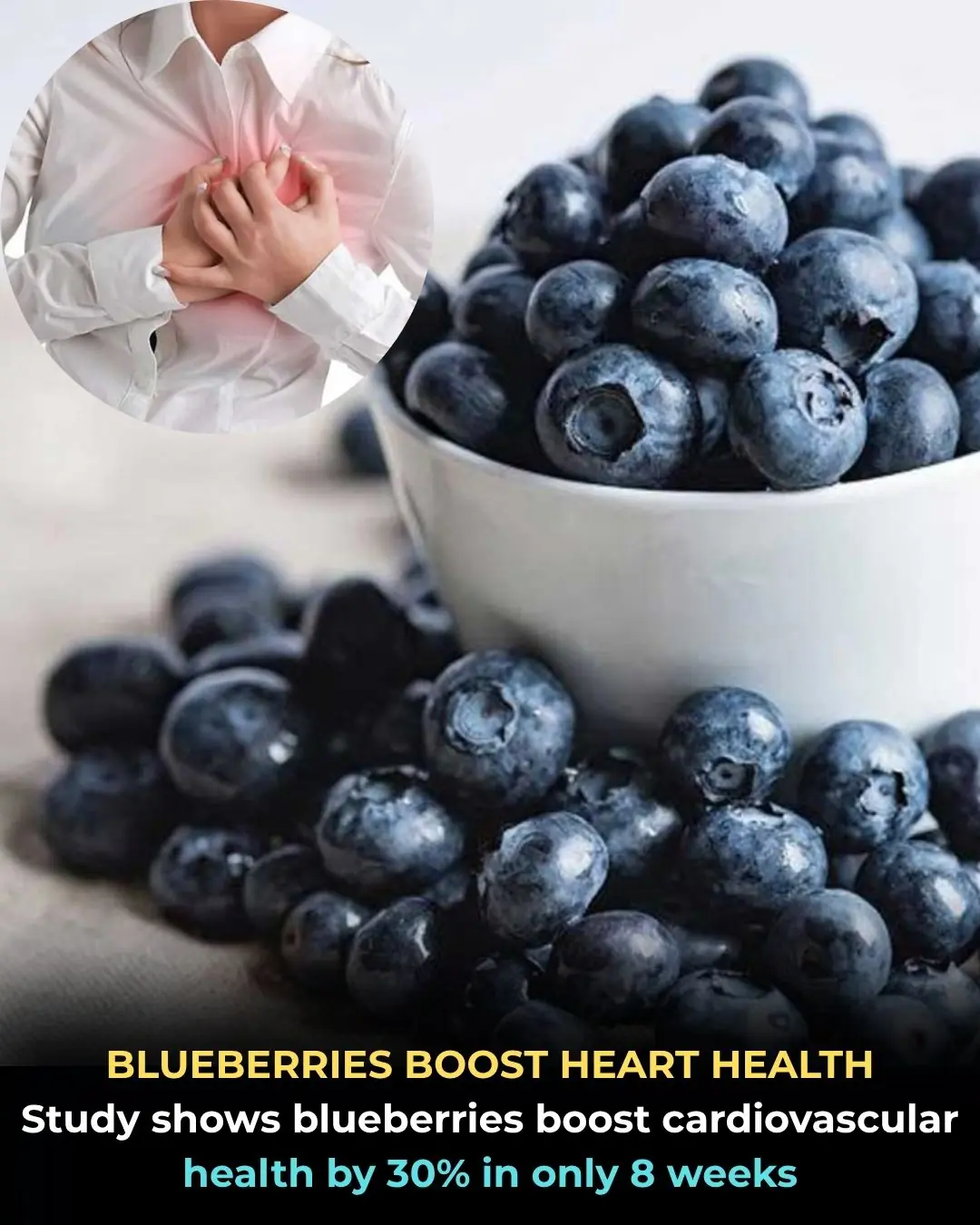
Blueberries: A Powerful Daily Boost for Heart Health

The Whole Family of Three Was Diagnosed With Thyroid Nodules; the Mother Collapsed: “I Thought Those Two Things Were Always Good to Eat and Could Prevent Cancer”

Motherhood Rewires the Brain: Why Postpartum Recovery Takes Years, Not Weeks

Eating More Than One Egg a Week May Slash Alzheimer’s Risk by 47%

CRISPR Breakthrough Offers Hope for a Potential HIV Cure
